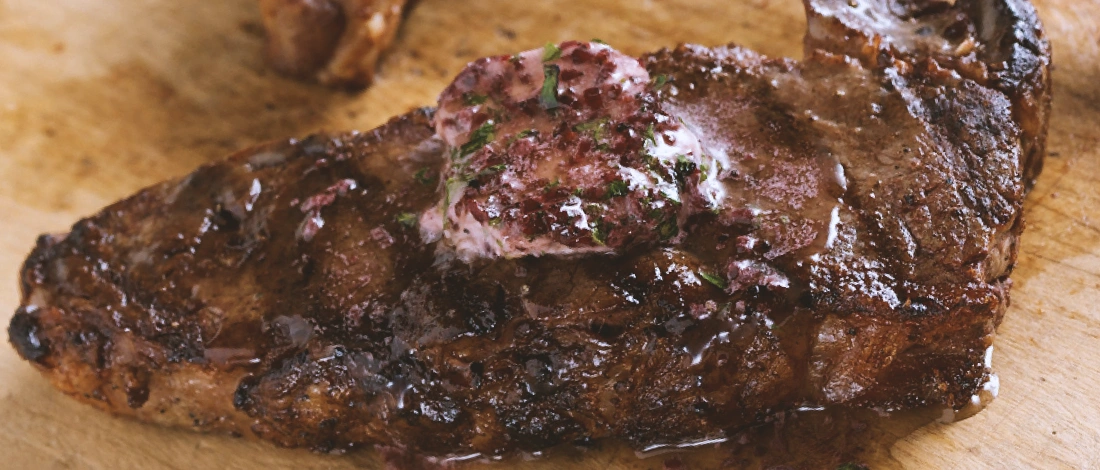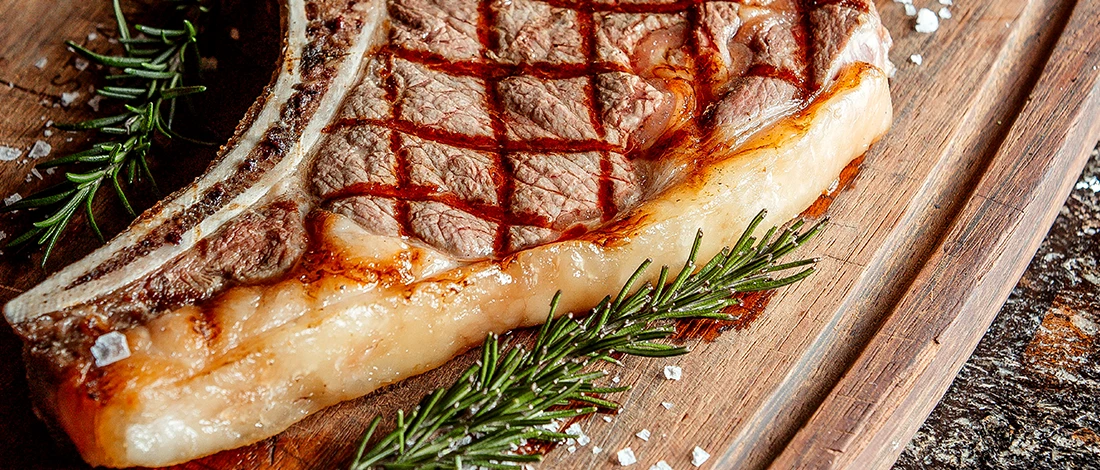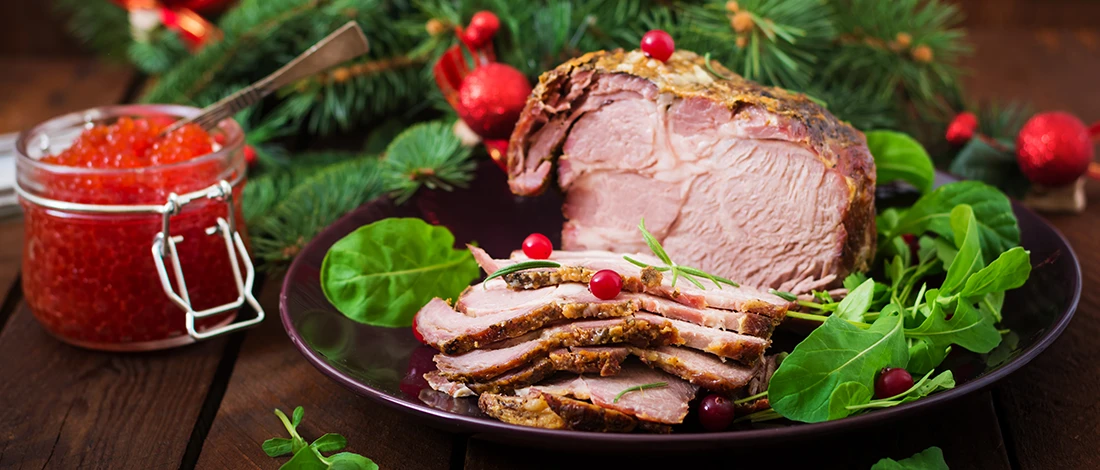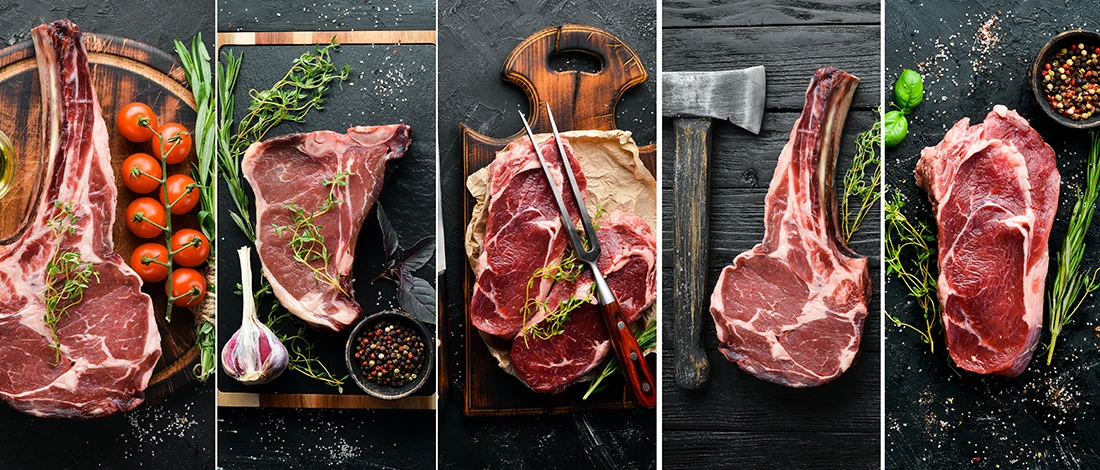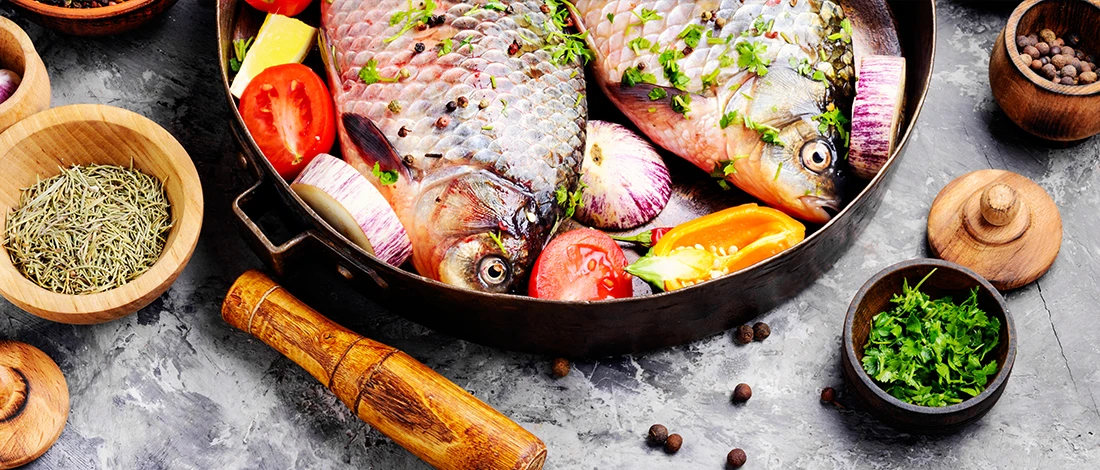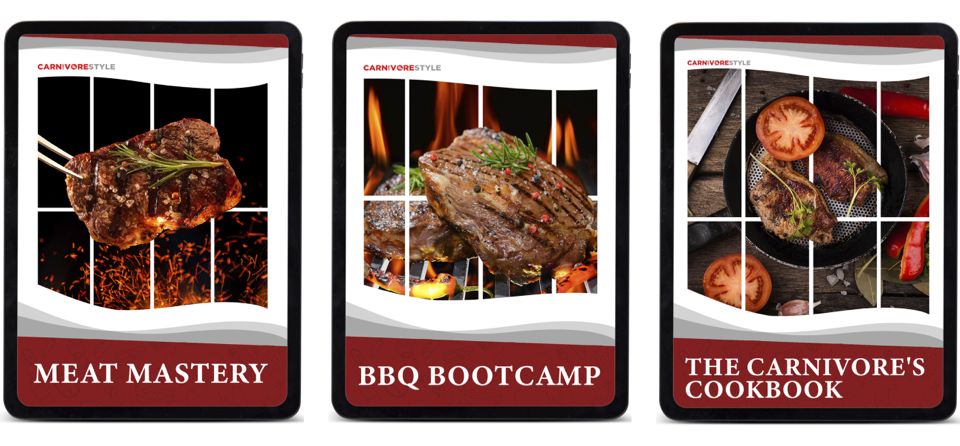In my 10+ years of carnivore dieting, t-bone steak has been my top pick dish that I've perfected in my kitchen, whether by grilling or roasting it slowly.
This beef is among steakhouses' prized cuts like filet mignon and New York strip, and because of that, I had to visit my butcher to learn more about it.
This article will provide essential facts about t-bone steak and tips for cooking it in the comfort of your home.
Quick Summary
- T-bone steak is a smaller version of porterhouse cut from the short loin of a cow.
- A t-shaped bone separates the strip side from the tenderloin section of a t-bone steak.
- T-bone has the tenderness of filet mignon and the bold, beefy flavor of the New York strip.
What Is T-Bone Steak?
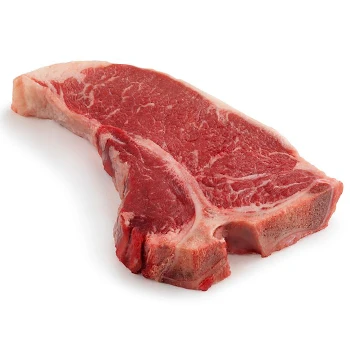
T-bone steak is a double cut from the short loin of a cow's middle back made up of sirloin and tenderloin. A t-shaped bone separates the two parts from the lower back; that's why it's called a t-bone.
T-bones must have at least half an inch of tenderloin for it to be one; otherwise, if it's 1.25, it qualifies to be a porterhouse. Therefore, the porterhouse is a bigger version of this tenderloin cut.
T-bones are typically chopped at least an inch thick, although it's not rare to see 1.5 to 2-inch-thick steaks.
Flavor-wise, t-bone blends the renowned tenderness of filet mignon with the meaty flavor of a strip steak, frequently referred to as a New York strip.
What Is the Best Way to Cook T-Bone Steak?
The best way to cook t-bone steak is by grilling it, cooking it on a stovetop, or roasting it in the oven.
While it can be difficult to prepare since it contains two different kinds of steak, all will be well if you follow these directions.
1. Grilling

Grilling is a traditional method of preparing t-bone steak.
Below is a guide that you can follow if you love your steaks grilled:
- Preheat the grill using high heat on one side and low heat on the other. Brush some oil onto the grill grates if necessary to avoid sticking.
- Grill both sides of your seasoned beef for 3–4 minutes on the high heat setting.
- T-bones should be moved to a low-heat region of the grill and cooked for 5–10 minutes, depending on your steak desired doneness. Check the internal temperature of the steak. It should read 125°F for a medium rare.
- Put the steaks on a platter covered with foil and allow them to rest for 5–10 minutes.
Pro tip: I recommend positioning the filet or smaller tenderloin side farthest from the fire since it's the fastest cooking portion.
Also Read: Different Levels of Cooked Steak
2. On a Stovetop
Pan-frying on a stovetop is another preferred method to cook t-bone steak.
Let's look at it in detail below:
- Heat a heavy cast iron skillet or a pan over medium heat for about 5 minutes until it's hot.
- Steaks should be placed in the heated skillet (but be careful not to overcrowd).
- For a perfectly medium-rare steak, sear the meat in a skillet for 13–14 minutes for a 1-inch steak and 15–16 minutes for a 1.5-inch steak, flipping it over just before the halfway mark. The temperature of the meat should be 130°F.
- Before serving, let the steaks rest for 5 minutes while loosely covering them with foil.
3. In The Oven

If you prefer popping steaks in the oven, be sure to follow these directions:
- Set the oven's temperature to 450 before placing your seasoned steak.
- Meanwhile, heat two tablespoons of butter over medium-high heat in a cast-iron skillet and place t bone steak once melted.
- Spread butter over the t-bone steak and sear on each side for 1-2 minutes until a golden-brown crust forms.
- Transfer your steak to the oven and roast for 5 to 10 minutes.
- T bone steak should rest for 5–10 minutes under foil.
Measuring Doneness for T-Bone Steak

A meat thermometer is the most precise tool for measuring doneness. Certain thermometers can be used directly in the oven or grill with your steak because they are heat-safe. Others are exclusively intended for use away from heat.
Place the thermometer in the thickest part, away from the bone, gristle, or fat [1].
T-bone should be removed from the heat when the desired temperature registers between 125-130°F. The steak should rise to 130–135 degrees while it is resting.
"The larger strip side of the t-shaped bone steak cooks very slowly, so insert your meat thermometer in the strip about an inch from the bone."
- Steven Raichlen, American Culinary Writer & Chef
Related Articles:
Tips for Choosing the Best T-bone Steak

Below are some tips that'll help achieve a mouth-watering t-bone steak:
- Marbling: Look for a t-bone steak with a generous tenderloin section with a lot of marbling. These slim pieces of fat merge into your t-bone steak and make it tender and velvety.
- Pasture-fed: Cows fed on grass often produce healthier meat because of their diet and freedom to roam. Compared to grain-fed steaks, it is thus a more nutritious option with a marginally more complex flavor [2].
- Thickness: Choose the cut that's between 1 to 1 ½ inches thick to avoid drying it out.
Also Read: Smoked T-Bone Steak
FAQs
Are T-bone and Porterhouse Steak the Same?
No, T-bone and porterhouse steak are not the same. Although cut from the short loin, the t-bone has a higher ratio of top loin and a few inches of tenderloin, while the porterhouse has a bigger tenderloin portion.
What Is T-bone Made Of?
The T-bone is made up of top loin and tenderloin. However, the top loin takes a bigger portion of the steak.
Is T-bone Tender?
Yes, T-bone is very tender. It comes from the area below the backbone, which is the most delicate.
Is T-bone Steak a Good Cut of Meat?
T-bone steak has the best of both worlds: the tenderloin side and strip steak making it a tender, bold, beefy steakhouse-style steak.
If you want top-quality, savory t-bone steaks delivered directly to your doorstep, ButcherBox might be a good place to start.
Their pasture-raised t-bone steaks have been on my menu for the past three years and have rendered great results.
The cuts this company sells are hormone and antibiotic-free, obtained from animals that are sustainably raised, grass-fed, and grass-finished.
References:
- https://www.sciencedirect.com/science/article/pii/S2666833521000022
- https://www.usda.gov/media/blog/2011/05/25/cooking-meat-check-new-recommended-temperature


